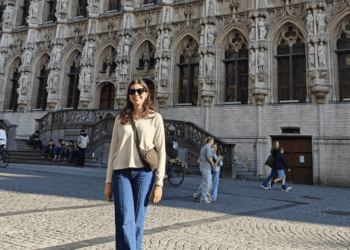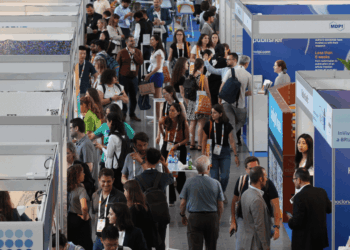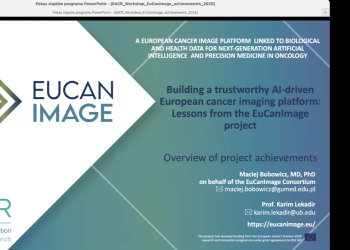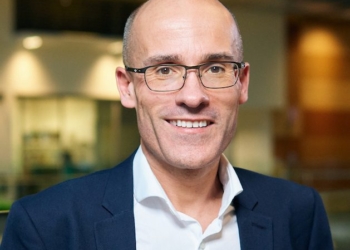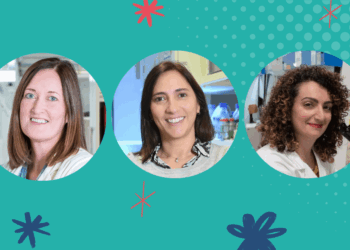I remember this day vividly. The cover of the book showed a female scientist holding a flask. As I got closer, it read ‘The Wonderful Madam Marie Curie’. I picked up the book and it was one of the most beautiful, impactful stories, and I still remember it to this day. Reading about Marie Curie, a woman and a scientist, ignited a flame in me as a 10-year-old child.
As a child, I was driven by curiosity. People often were astonished when I asked questions; their faces said it all. The questions themselves seemed to leave an impact. For me, doubt and questioning have always been the essence of curiosity. I was merely a curious child, trying to make sense of the world around me. This reminds me of one of Curie’s quotes: “All my life through, the new sights of nature made me rejoice like a child.” Indeed, curiosity reminds us of the butterfly feeling that we had when were children exploring the world. There was no fear. We were honest, able to wonder and ask questions without hesitating. We could jump, play, do our little experiments without thinking of consequences, driven purely by curiosity.
“This persistent quest for knowledge fuelled by curiosity is the essence of scientific discoveries”
Many of us abandon this curiosity as we grow older, but for some, the flame continues to burn. For me, it kept growing, and it has led me to where I am today—a female scientist.
Do you remember the classic question: “What do you want to be when you grow up?” My answer was always: “to find a cure for cancer”, never thought that I would be on that path today. As a child, I never understood what cancer is? I knew that it was a bad disease, and it is associated with death in most cases. I knew then that science was the answer to diseases, and I perceived cancer as a challenge that I was willing to take on with my curiosity in hand. Indeed, my curiosity led me to jump on the train of cancer research as a postdoctoral researcher… I might not be the next Marie Curie, however my… “our’’ contribution to science, counts.
Frustration is part of science. Sometimes experiments don’t work, sometimes your theory isn’t right, and sometimes it takes months of trying, optimising, and retrying before results appear. However, all this disheartenment disappears once you see that band on a western blot, a fourfold increase in a gene expression in qPCR data, or the cells responding to the drug… I’ve seen faces lit, smiles, hugs, dances in the lab. This happiness was reached because of the curiosity in us!
Discussing our findings was like piecing together a big jigsaw puzzle, trying to visualize the big picture. I visualised the data in my head, I imagined the pathways of genes switching on and off mirroring the results on our slides. Our data is a part of this jigsaw but we are part of it too.
A book once likened curiosity to a magic trick: a rabbit being pulled out of a hat. The rabbit is the universe, and humans live within it. Some are comfortable being buried in the rabbit’s fur and satisfied with limited knowledge. Others, which were described as “The philosophers” who climb the tip of the rabbit’s fur, driven by curiosity to see the trick and the magician’s eyes! I believe scientists are philosophers. Scientists are never comfortable staying within the rabbit’s fur; they always seek to uncover truths, constantly striving to understand why and how things happen. This persistent quest for knowledge fuelled by curiosity is the essence of scientific discoveries.
 About the author:
About the author:
Hadil is a postdoctoral researcher in cancer biology. She has a PhD from Queen’s University Belfast that was focused on developing inhibitors of cathepsin S for lung inflammatory diseases. However, she chased her passion in cancer research and is working on therapeutic vulnerabilities in nucleotide biosynthesis pathway in mesothelioma.
About this article
This is one of our shortlisted entries for the 2024 EACR Science Communication Prize themed around our #KeepResearchCurious campaign. Choosing a winner was incredibly difficult and we’re delighted to share our shortlist with you.
The header image of this article was created using AI.


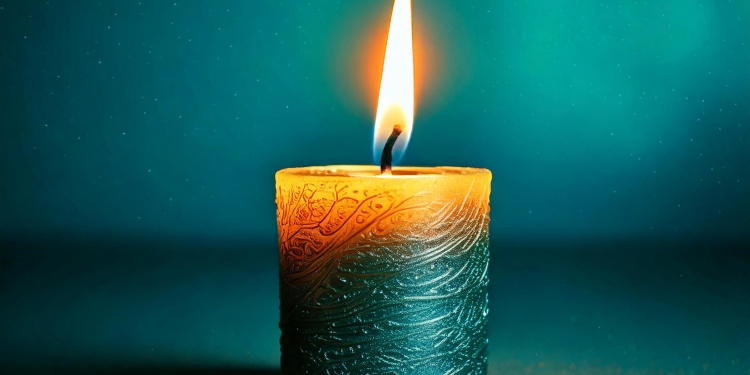
 About the author:
About the author: